Introduction
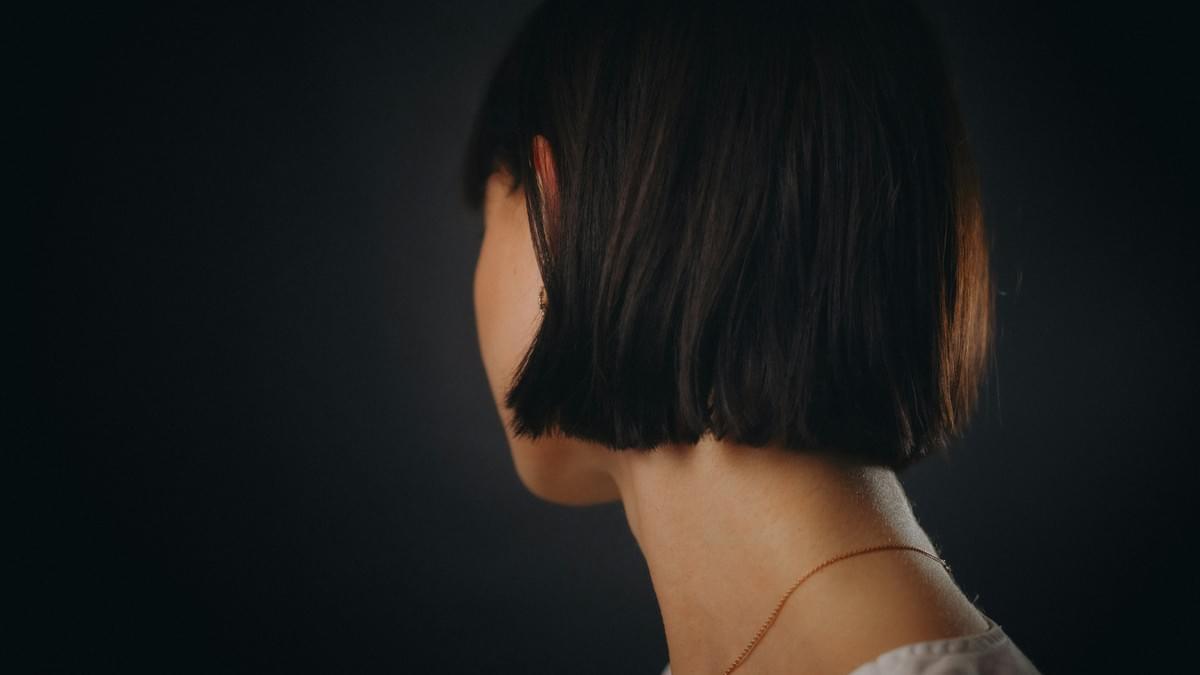
Understanding Hair Types
Hair types generally fall into four main categories: straight, wavy, curly, and coily. Within these categories lie variations that can include coarse and medium textures, each with its own set of characteristics. When discussing coarse hair vs medium hair or coarse hair vs thick hair, it's crucial to recognize that these terms refer to different aspects of texture and density.
The Science Behind Hair Texture
The texture of your hair is determined by its diameter and porosity, which are influenced by genetics and environmental factors. Coarse hair typically has a larger diameter compared to finer strands, giving it a more robust appearance. Understanding the science behind what makes coarse hair look distinct can help you appreciate its unique qualities while answering questions like Is coarse the same as thick? or What does coarse hair look like?
Importance of Knowing Your Hair Type
Identifying whether you have coarse or medium texture is vital for effective styling and care routines. It allows you to select products that cater specifically to your needs—whether you're asking yourself Is coarse hair good or bad? or wondering how do I know if my hair is medium or coarse? Ultimately, knowing your specific type empowers you on your journey towards healthier locks.
What is Coarse Hair?
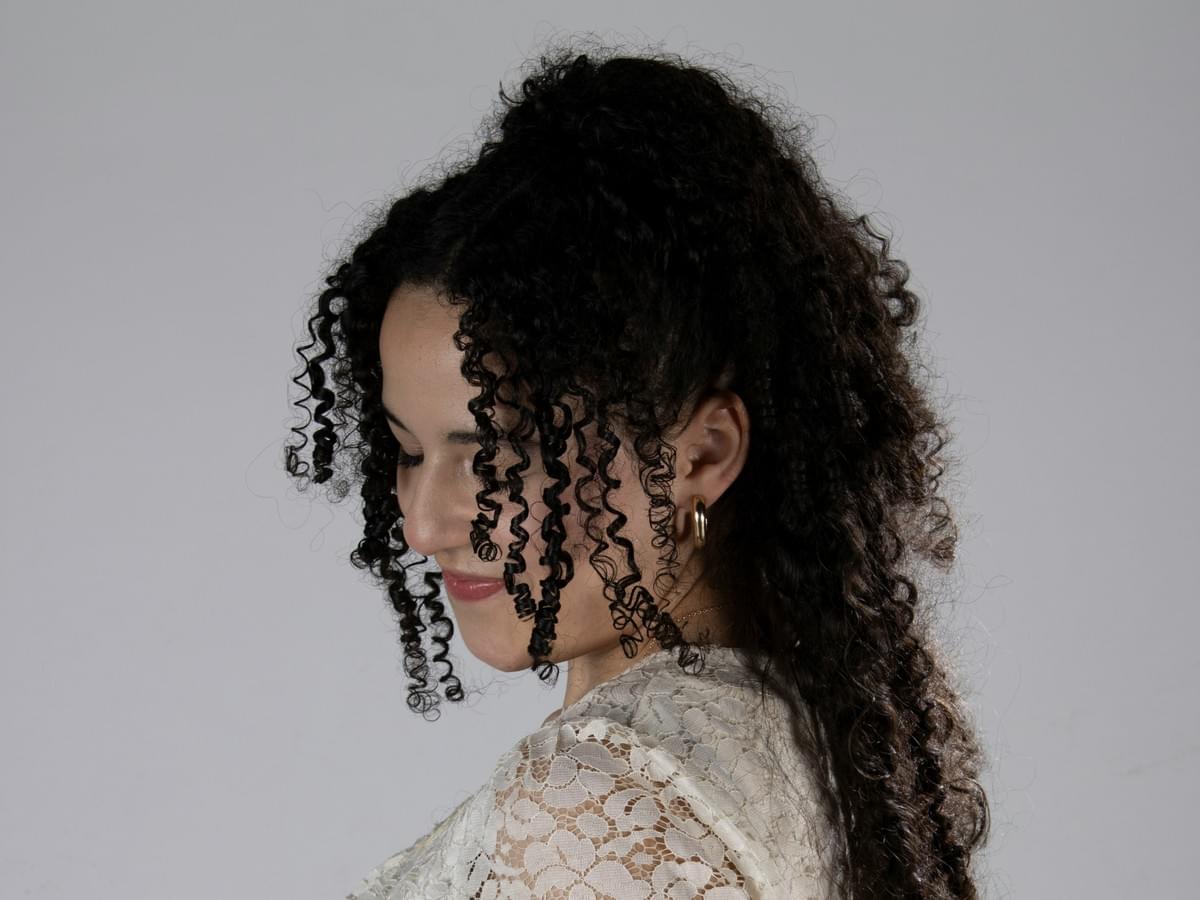
Coarse hair is often misunderstood, yet it plays a significant role in the diverse landscape of hair types. It refers to strands that are thicker than average and possess a rougher texture, giving them a unique resilience and character. Understanding coarse hair's distinctive features can help you appreciate its beauty and manage it effectively.
Definition and Characteristics
Coarse hair is defined by its diameter; typically, each strand measures more than 0.08 inches in width, making it feel substantial to the touch. People with coarse hair often notice that their locks are more resilient to damage but may also be prone to dryness due to the thicker cuticle layer. The characteristics of coarse hair include a rough texture, increased volume, and an ability to hold styles better than finer strands.
How Coarse Hair Differs from Other Types
When comparing coarse hair vs medium hair, one key difference lies in the thickness of individual strands—coarse hair is noticeably thicker than medium or fine options. Additionally, coarse hair tends to have a more defined structure that can withstand various styling techniques without breaking easily. In contrast, when considering coarse hair vs thick hair, it's essential to note that thickness refers to density (the number of strands on your head), while coarseness relates specifically to individual strand thickness.
What Does Coarse Hair Look Like?
What does coarse hair look like? Visually, it appears fuller and has a distinct texture that can range from wavy to curly or straight but always carries an undeniable presence. You might recognize it by its ability to hold volume effortlessly; unlike fine or medium textures that may fall flat without product support. Remember, while some may wonder: Is coarse the same as thick?—the answer lies in understanding both terms' definitions: one describes individual strand thickness while the other addresses overall density.
Fine vs Coarse Hair
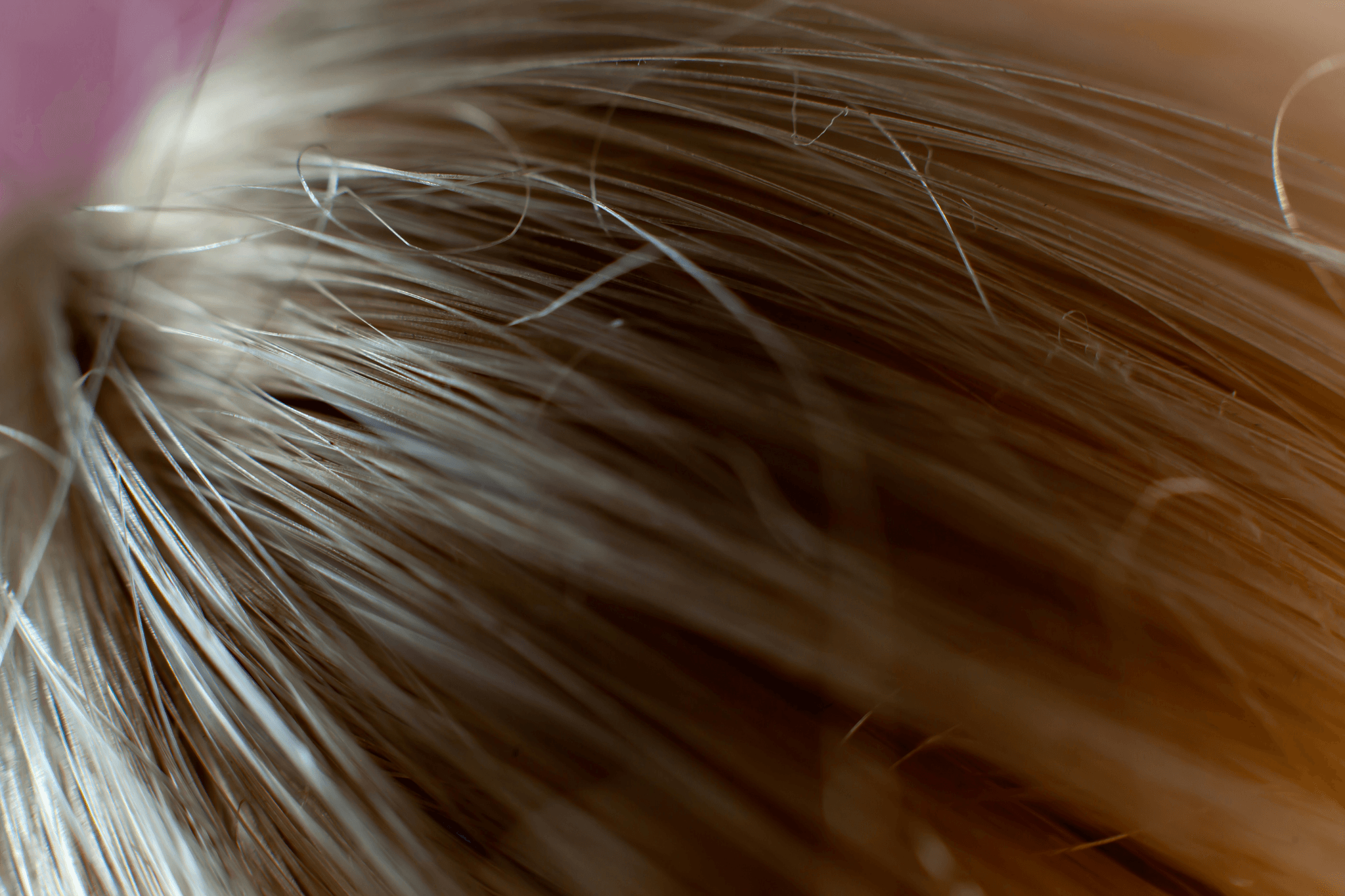
Understanding the differences between fine and coarse hair is essential for anyone looking to make informed choices about their hair care routine. While both types have their unique characteristics, they also present distinct challenges and styling opportunities. Let's dive into the key differences that set these two hair types apart.
Key Differences Explained
Fine hair is typically thinner in diameter, which can make it feel delicate and prone to damage. In contrast, coarse hair has a thicker diameter, resulting in a sturdier texture that can withstand more styling without breaking. When comparing coarse hair vs medium hair, it's important to note that medium hair falls somewhere in between; it offers more body than fine but doesn't have the resilience of coarse strands.
To determine if your locks are fine or coarse, consider how they feel when you run your fingers through them or how they respond to humidity and products. If your strands tend to clump together or feel heavy when wet, you may be dealing with coarse textures. Conversely, if your hair feels light and almost airy, it leans toward the fine category.
How Fine Hair Affects Styling Choices
Fine hair often requires lighter products that won't weigh it down; otherwise, styles might fall flat before you even step out the door! Because of its delicate nature, fine-haired individuals may opt for volumizing sprays or mousses to create the illusion of fullness without adding too much heaviness. On the flip side, those with coarse hair enjoy a wider range of styling options thanks to its ability to hold shape and volume well.
When considering coarse hair vs thick hair, remember that while both types can appear voluminous, thickness refers more to density—the number of strands on your head—rather than individual strand width. If you're wondering how do I know if my hair is medium or coarse? A simple test involves examining individual strands: if they feel substantial and robust against your skin compared to finer strands from others' heads, you're likely dealing with coarse textures.
Is Coarse Hair Good or Bad?
The question is coarse hair good or bad? often arises among those who are unsure about their natural texture's benefits and drawbacks. Coarse hair has its perks; it's less prone to breakage due to its thickness and often holds styles better than finer counterparts—think curls that last all day! However, this type can also be more susceptible to dryness since thicker strands may not retain moisture as easily as finer ones.
Misunderstandings abound regarding whether coarse equates with thick. While they share similarities in appearance (both can look voluminous), they're fundamentally different—coarse refers specifically to strand width rather than density alone. Ultimately embracing your unique texture will lead you toward healthier styling habits tailored just for you!
Coarse Hair vs Medium Hair
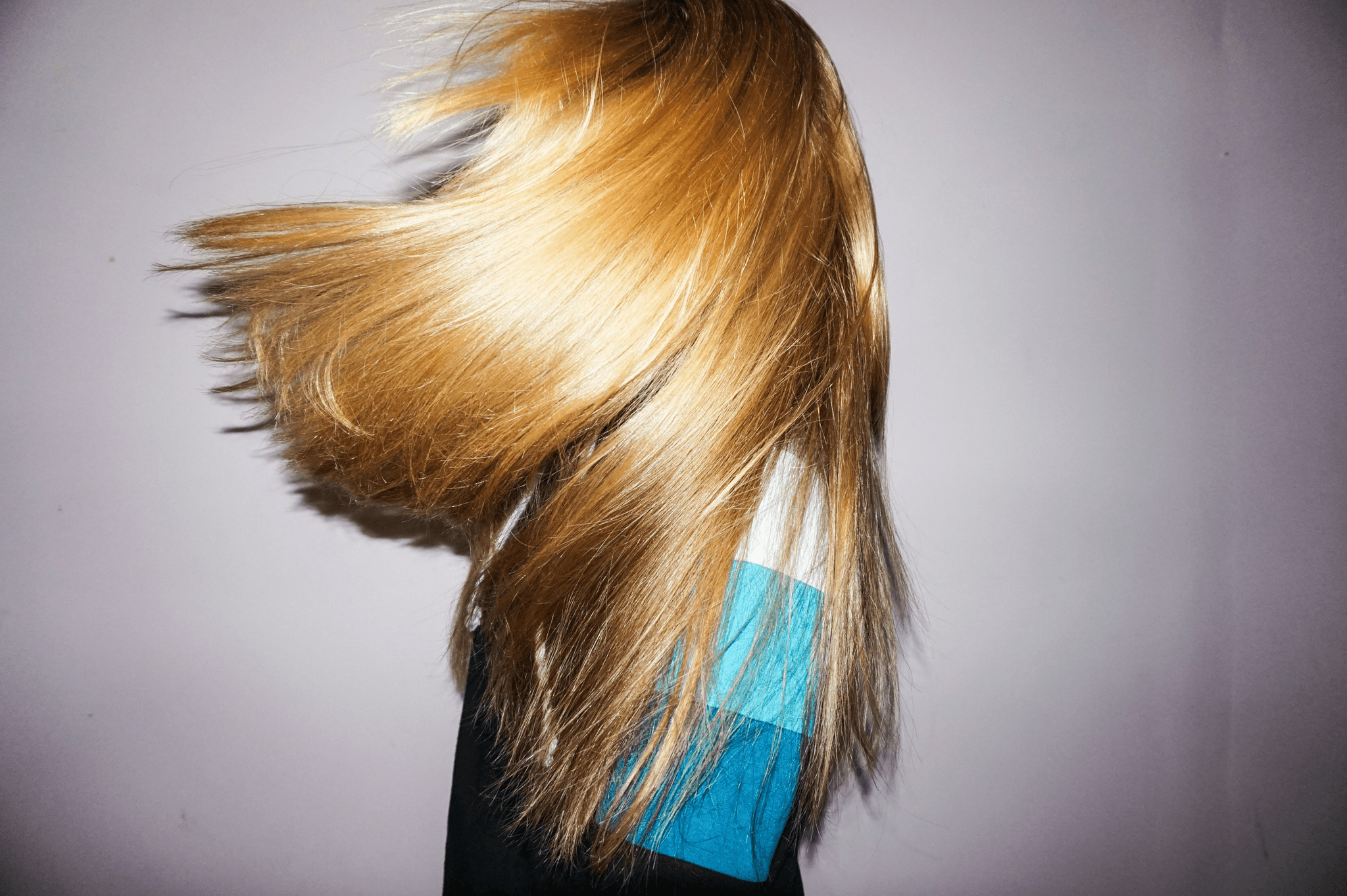
When it comes to hair types, the distinction between coarse hair and medium hair can often be a source of confusion. Many people wonder, Is coarse hair good or bad? or How do I know if my hair is medium or coarse? Understanding these differences not only helps in choosing the right products but also in styling and maintenance.
Identifying Medium Hair Characteristics
Medium hair typically boasts a balance between thickness and texture, making it versatile for various styles. Unlike coarse hair, which feels rougher and may appear more voluminous, medium hair has a softer touch and can sometimes lay flatter against the scalp. If you're trying to figure out what does coarse hair look like compared to medium, think of medium as that happy middle ground—neither too fine nor too thick.
How to Determine Your Hair Type
Determining whether your locks fall into the coarse or medium category can be done through a simple test: take a single strand of your hair between your fingers. If it feels thick and rough, you're likely dealing with coarse strands; however, if it feels smoother and more pliable, you probably have medium hair. This leads many to ask, Is coarse the same as thick? The answer is no—while they can overlap in some cases, they refer to different aspects of hair.
Common Misconceptions
One common misconception is that all thick hair is also coarse; this isn't true! Thick refers more to the density of your strands on your scalp rather than their individual texture. Additionally, some might argue that having coarse or medium hair limits styling options; however, both types can rock just about any hairstyle with the right techniques and products designed specifically for their needs.
Coarse Hair vs Thick Hair

When discussing hair, the terms coarse and thick often get thrown around interchangeably, but they refer to different characteristics. Coarse hair relates to the individual strand's diameter and texture, while thick hair refers to the overall density of hair on your scalp. Understanding this distinction is crucial for effective hair care and styling choices.
Understanding the Texture vs Density Debate
The debate over texture versus density can leave many scratching their heads, especially when trying to figure out if their locks are coarse or thick. Coarse hair typically has a larger diameter, giving it a rougher texture that can feel more substantial in your hand. On the other hand, thick hair means you have a lot of strands packed closely together on your scalp; it doesn’t necessarily mean each strand is coarse.
For example, one may have fine strands that are densely packed—this would be considered thick but not coarse. Conversely, someone could have coarse strands that are sparsely spread out—resulting in less overall thickness. So when you ask yourself, “Is coarse hair good or bad?” remember that it’s all about how these factors play together rather than an absolute judgment of quality.
How to Distinguish Between Coarse and Thick
To determine whether you have coarse or thick hair requires some simple observation techniques. First, take a single strand of your hair between your fingers; if it feels robust and somewhat rigid, it's likely coarse. Next, look at your entire head of hair: if you see a lot of volume with minimal scalp visibility even with fine strands present, then you probably have thick hair.
If you're still stuck wondering how do I know if my hair is medium or coarse?, consider doing a simple test by comparing your strands against common objects like sewing thread or dental floss for size reference! This method will give you an idea of where your individual strand stands in terms of thickness compared to other textures.
Popular Products for Coarse Hair
Caring for coarse locks requires specific products designed to address its unique needs without weighing it down unnecessarily. Look for moisturizing shampoos and conditioners formulated specifically for coarse textures—they often contain hydrating ingredients like shea butter or argan oil that help soften those rough edges!
Leave-in conditioners can also work wonders by providing additional moisture throughout the day while taming frizz associated with coarseness. If you're curious about options tailored specifically for managing differences highlighted in “coarse hair vs medium hair” discussions, consider brands like SheaMoisture or Ouidad that focus on textured tresses.
Caring for Coarse Hair

Caring for coarse hair can feel like navigating a maze, especially with so many opinions out there. However, understanding how to care for your unique texture can make all the difference in achieving healthy, manageable hair. Whether you’re wondering about coarse hair vs medium hair or trying to figure out if coarse is the same as thick, this section will guide you toward the best practices and products.
Best Practices for Maintenance
Maintaining coarse hair requires a bit of TLC and some specific techniques tailored to its unique characteristics. First off, regular conditioning is key—deep conditioners and leave-in treatments can help keep your strands hydrated and prevent that dry, frizzy look that often accompanies coarse textures. Additionally, gentle handling during washing and styling is essential; using a wide-tooth comb instead of a brush can minimize breakage while revealing what does coarse hair look like in its full glory.
Another effective maintenance tip is to avoid excessive heat styling. Heat can exacerbate dryness and lead to damage, making it crucial to use heat protectants if you must style with warmth. Finally, consider getting regular trims; removing split ends will not only keep your hair looking fresh but also help manage any frizz associated with coarse hair vs thick hair.
Recommended Products and Brands
Look for shampoos and conditioners that are specifically formulated for dry or textured hair; brands like SheaMoisture or Ouidad have excellent options that cater to these needs. Oils such as argan or coconut oil are also fantastic allies in your quest against dryness—apply them sparingly on damp hair for added moisture without weighing down your locks.
For styling products, creams or serums designed for frizz control work wonders on coarse textures; they provide definition while helping you embrace those natural waves or curls! Remember that when considering course vs medium hair care products, focusing on hydration will always be beneficial regardless of texture classification.
Role of Comfy Wigs in Hair Care Solutions
Embracing wigs as part of your routine can be a game-changer when it comes to caring for coarse hair! Comfy wigs provide an opportunity to give your natural locks a break from styling stressors while still allowing you to express yourself through various looks. If you're wondering Is coarse hair good or bad? remember that wearing wigs lets you experiment without compromising the health of your own strands.
Moreover, investing in high-quality wigs made from human or synthetic fibers allows you flexibility without sacrificing comfort—perfect if you're juggling between figuring out how do I know if my hair is medium or coarse? Just make sure whichever wig you choose aligns with your personal style while offering protection from environmental factors that could affect your natural texture over time.
Conclusion
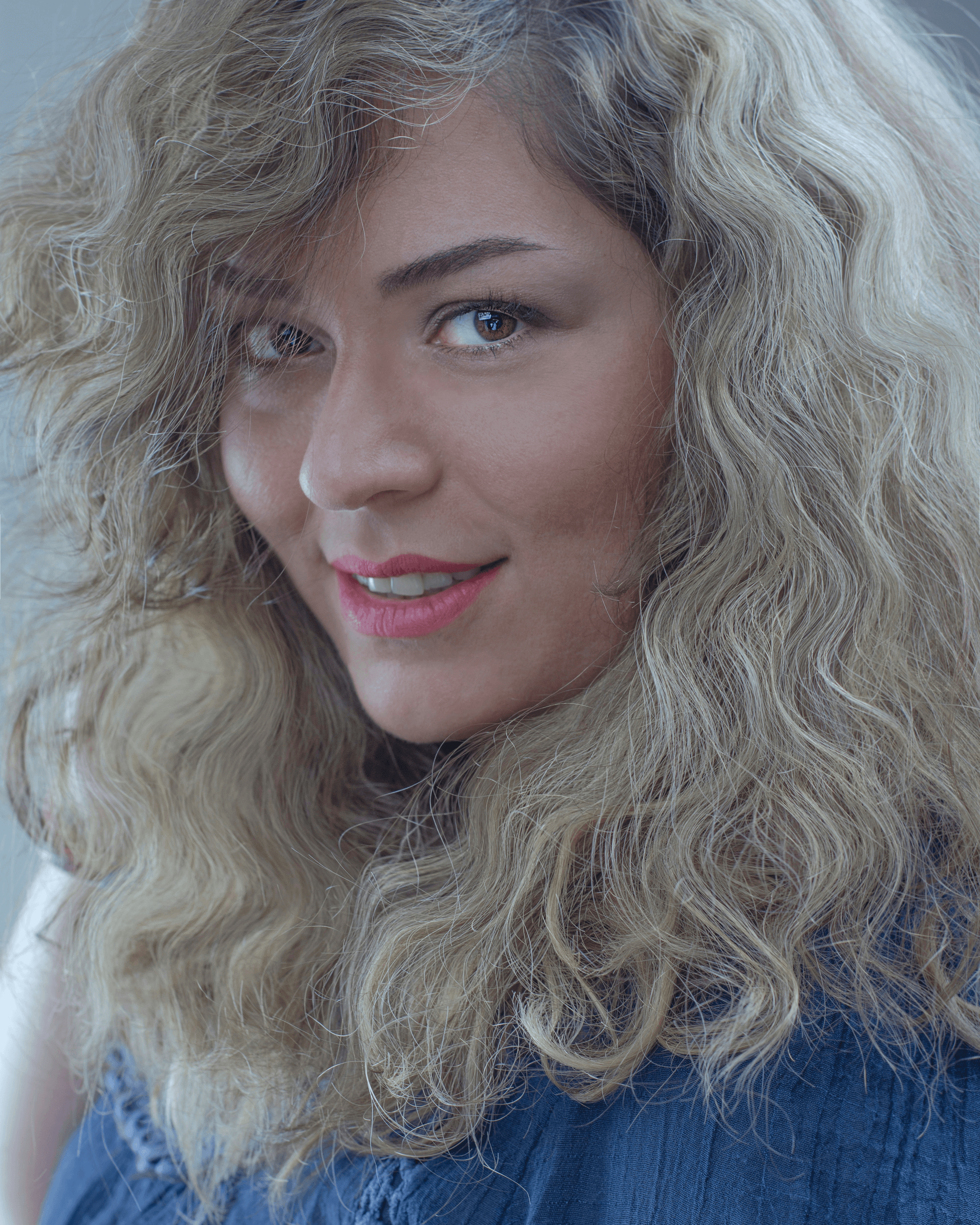
Understanding your hair type can transform your hair care routine and styling choices. The ongoing debate of coarse hair vs medium hair, as well as coarse hair vs thick hair, highlights the importance of recognizing the unique characteristics of your locks. Knowing whether coarse hair is good or bad for you can empower you to make informed decisions about care and styling.
Why Hair Type Knowledge Matters
Hair type knowledge is crucial because it directly influences how you treat and style your mane. For instance, if you're wondering, How do I know if my hair is medium or coarse? understanding the distinctions between these types can save you from using products that might not be suitable for your texture. Moreover, knowing if coarse hair is good or bad for you helps in choosing the right maintenance routine tailored to your specific needs.
Embracing Your Natural Hair Texture
Embracing your natural texture means celebrating what makes your hair unique, whether it's coarse, medium, or fine. The question What does coarse hair look like? can often lead to misconceptions about its beauty and manageability; however, with the right products and care techniques, it can shine beautifully. Remember that recognizing whether coarse is the same as thick helps in appreciating the individuality of each strand on your head.
Finding Support for Your Hair Journey
Finding support during your hair journey can make all the difference in feeling confident with your natural texture. Engaging with communities focused on topics like coarse hair vs medium hair or even coarse hair vs thick hair allows one to share tips and experiences that resonate with personal stories. Ultimately, knowing that you're not alone in navigating questions such as “Is coarse hair good or bad?” fosters a sense of camaraderie among those embracing their unique textures.
